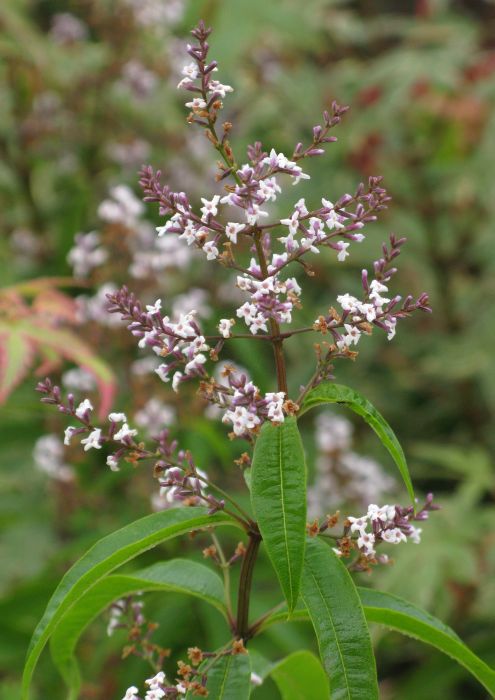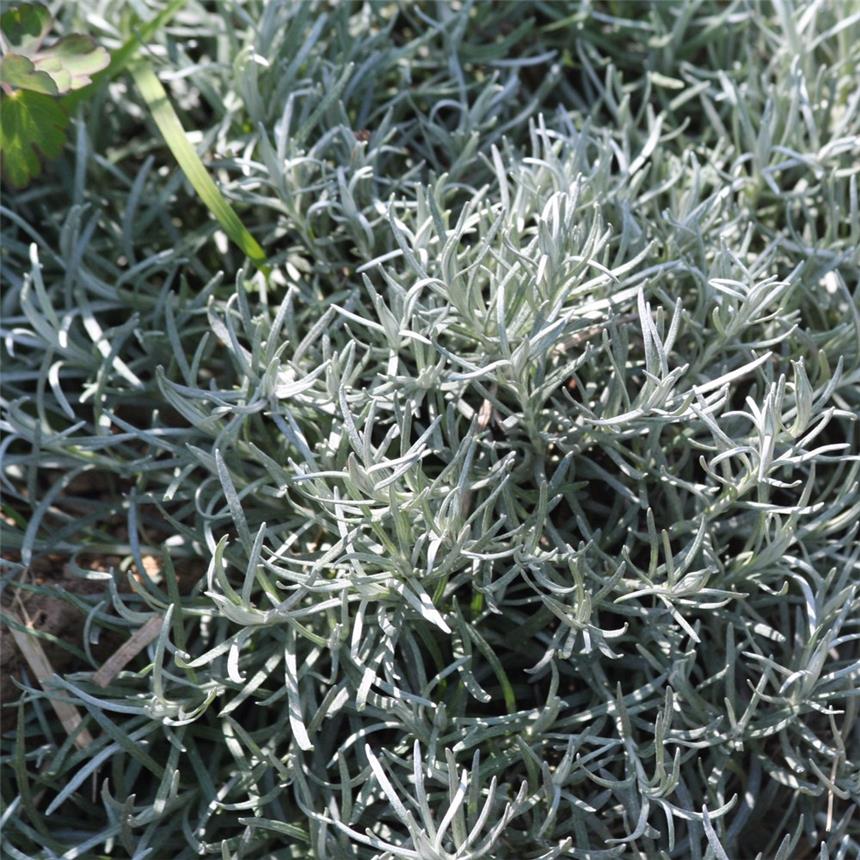Lemon Verbena, Wormwood, Geranium Maderense, Valerian, Helichrysum italicum
Πριν από ένα μήνα αγόρασα μερικά φυντάνια απο αυτά τα βότανα. Θα τα μεταφυτέψω στο κτήμα αυτόν τον Ιούλιο.
Τα έχω βάλει σε γλάστρες στο σπίτι στο Λονδίνο. Ιδανικά θα ήθελα να μην είχαν μεγαλώσει τόσο ώστε να μην τραυματιστούν πολύ από τη συσκευσία για το αεροπλάνο.
Διάβαζοντας για τα φυτά προσπαθώ να σκεφτώ τις καλύτερες τοποθεσίες στο κτήμα. Η Βαλεριάνα πχ ελκύει αρκετά έντομα οπότε καλύτερα να μήν είναι κοντά στο σπίτι ή το έξω μπάνιο. Ίσως κοντά στην κάτω στέρνα. Το γεράνι της Μαδέιρας είναι πολύ διακοσμητικό και θα έδειχνε πολύ ωραίο στα πλατύσκαλα του σπιτιού.

Lemon verbena leaves are used to add a lemon flavor to fish and poultry dishes, vegetable marinades, salad dressings, jams, puddings, Greek yogurt and beverages. It also is used to make herbal teas, or added to standard tea in place of actual lemon (as is common with Moroccan tea). It can also be used to make a sorbet.
Πληροφορίες από το RHS





Τα έχω βάλει σε γλάστρες στο σπίτι στο Λονδίνο. Ιδανικά θα ήθελα να μην είχαν μεγαλώσει τόσο ώστε να μην τραυματιστούν πολύ από τη συσκευσία για το αεροπλάνο.
Διάβαζοντας για τα φυτά προσπαθώ να σκεφτώ τις καλύτερες τοποθεσίες στο κτήμα. Η Βαλεριάνα πχ ελκύει αρκετά έντομα οπότε καλύτερα να μήν είναι κοντά στο σπίτι ή το έξω μπάνιο. Ίσως κοντά στην κάτω στέρνα. Το γεράνι της Μαδέιρας είναι πολύ διακοσμητικό και θα έδειχνε πολύ ωραίο στα πλατύσκαλα του σπιτιού.
Aloysia citrodora
Lemon verbena leaves are used to add a lemon flavor to fish and poultry dishes, vegetable marinades, salad dressings, jams, puddings, Greek yogurt and beverages. It also is used to make herbal teas, or added to standard tea in place of actual lemon (as is common with Moroccan tea). It can also be used to make a sorbet.
Πληροφορίες από το RHS
Artemisia absinthium

Flowering is from early summer to early autumn; pollination is anemophilous. The fruitis a small achene; seed dispersal is by gravity.[6]
It grows naturally on uncultivated arid ground, on rocky slopes, and at the edge of footpaths and fields. Although once relatively common, it is becoming increasingly rare in the UK where it has recently been suggested that it is an archeophyte rather than a true native.[7]
Geranium maderense

Geranium maderense, known as giant herb-Robert[1] or the Madeira cranesbill, is a species of flowering plant in the Geraniaceae family, native to the island of Madeira. Growing to 120–150 cm (47–59 in) tall and wide, it is a mound-forming evergreen perennial with deeply divided ferny leaves. Spectacular pink flowers on hairy red stems are produced in large panicles in summer.[2] It is grown as an ornamental plant in temperate regions, where it is hardy in mild or coastal areas down to −5 °C (23 °F). It has gained the Royal Horticultural Society's Award of Garden Merit.[3][4]
Valerian


Valerian (Valeriana officinalis, Caprifoliaceae) is a perennial flowering plant native to Europe and Asia.[1] In the summer when the mature plant may have a height of 1.5 metres (5 ft), it bears sweetly scented pink or white flowers that attract many fly species, especially hoverflies of the genus Eristalis.[2] It is consumed as food by the larvae of some Lepidoptera (butterfly and moth) species, including the grey pug.
Crude extract of valerian root may have sedative and anxiolytic effects, and is commonly sold in dietary supplement capsules to promote sleep.[1]
Helichrysum italicum

Helichrysum italicum is a flowering plant of the daisy family Asteraceae. It is sometimes called the curry plant because of the strong smell of its leaves, though other common names include Italian strawflower, or immortelle. It grows on dry, rocky or sandy ground around the Mediterranean. The stems are woody at the base and can reach 60 centimetres (24 in) or more in height. The clusters of yellow flowers are produced in summer, they retain their colour after picking and are used in dried flower arrangements.
The plant produces an oil from its blossoms which is used for medicinal purposes. It is anti-inflammatory, fungicidal, and astringent.[1] It soothes burns and raw chapped skin. It is used as a fixative in perfumes and has an intense fragrance.[2]
This plant is sometimes used as a spice. Although called "curry plant" and smelling like curry powder, it has nothing whatsoever to do with this mixture of spices, nor with the curry tree (Murraya koenigii), and is not used as masala for curry dishes either. Rather, it has a resinous, somewhat bitter aroma reminiscent of sage or wormwood and is used like these: the young shoots and leaves are stewed in Mediterranean meat, fish or vegetable dishes til they have imparted their flavor, and removed before serving.
Σχόλια
Δημοσίευση σχολίου